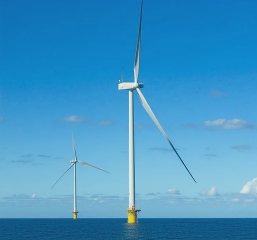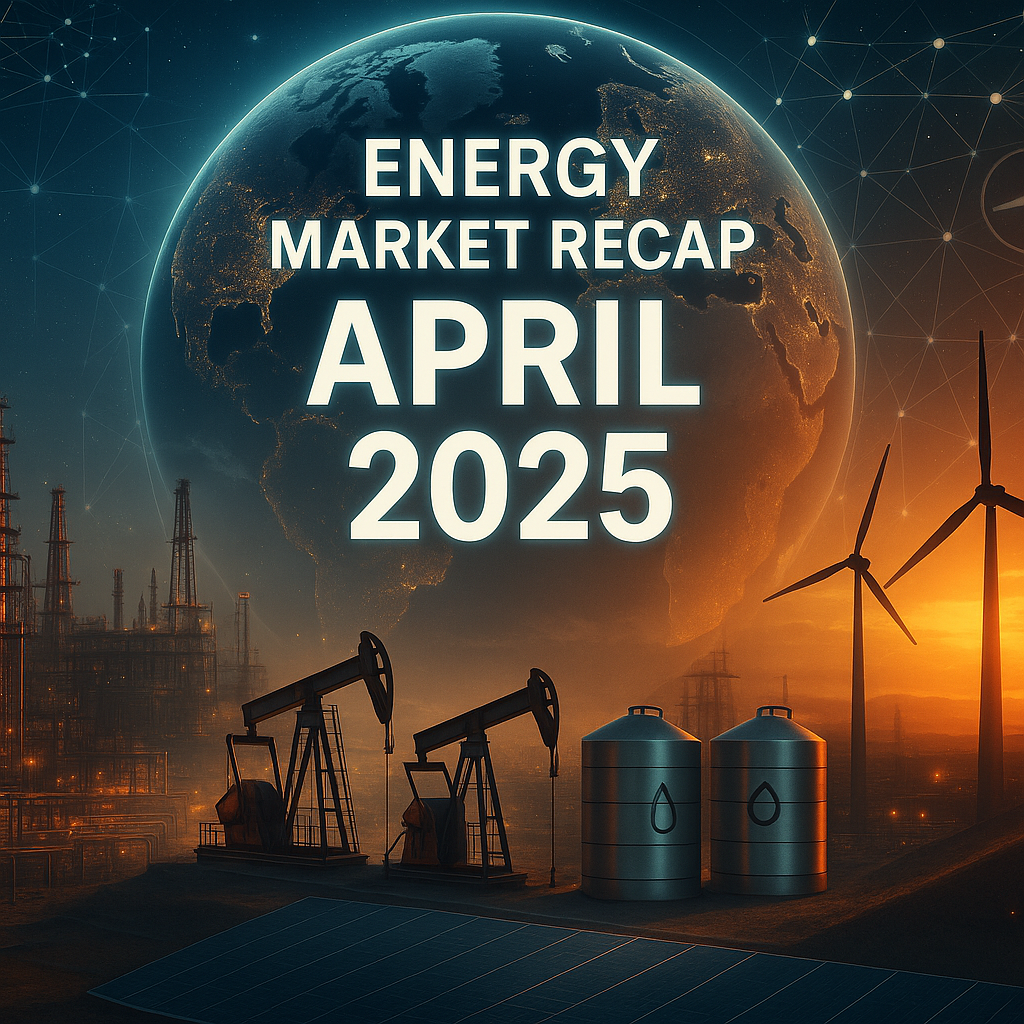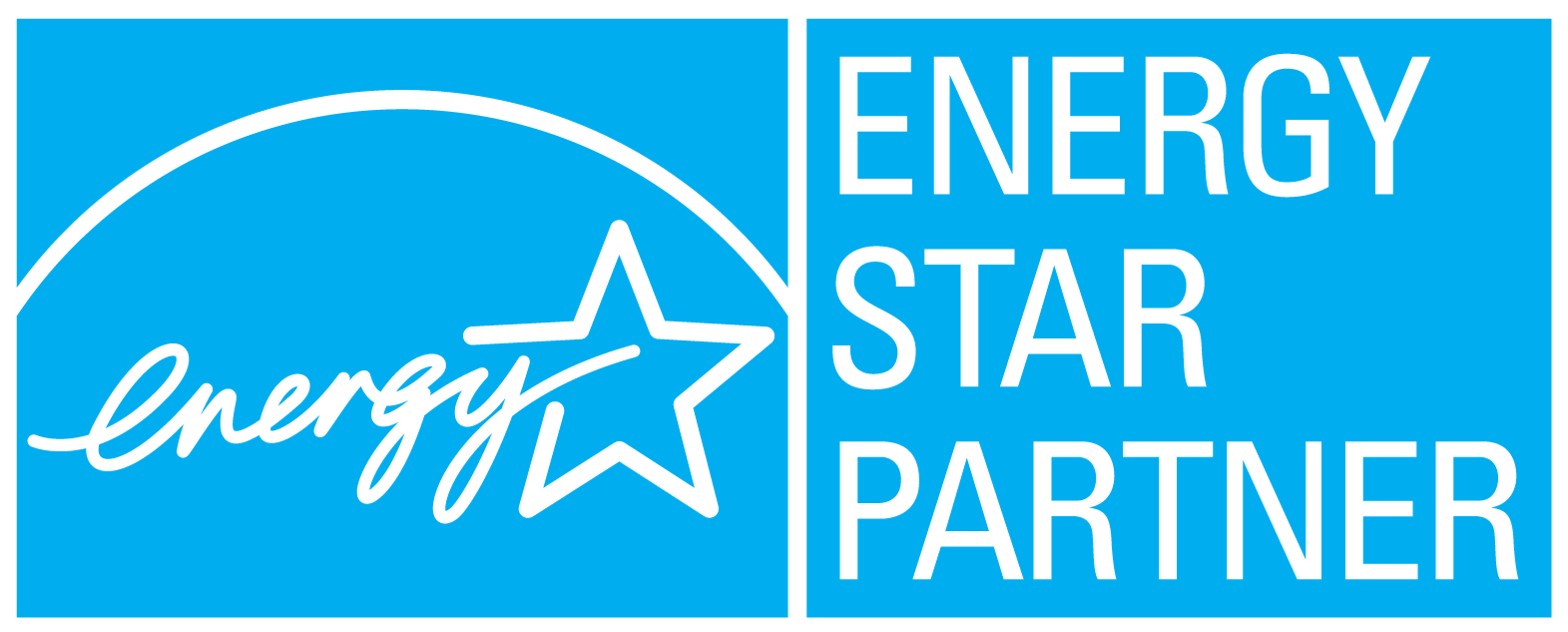Tariffs—government-imposed taxes on imports—are often used to regulate trade, protect domestic industries, or address economic disputes. However, they can also have unintended consequences, particularly in energy markets. Recent tariffs imposed by the current administration are expected to impact natural gas and electricity prices, creating cost challenges for businesses.
The administration’s latest tariff policies include:
- A 25% tariff on all imports from Canada and Mexico, with a 10% tariff specifically on Canadian energy products, including natural gas and electricity.
- An additional 10% tariff on imports from China, which affects materials used in energy infrastructure such as transmission lines and gas pipelines.
These tariffs introduce cost pressures in three keyways: higher natural gas prices due to import taxes and retaliatory measures, increased electricity costs in states that rely on imported Canadian power, and rising infrastructure expenses due to tariffs on materials used in energy distribution.
Higher Natural Gas Prices Due to Tariffs and Potential Retaliation
Natural gas is essential for businesses in the Northeast, fueling industry, heating buildings, and generating electricity. The U.S. imports 10% of its natural gas from Canada, with New England relying on Canadian imports for nearly 50% of its power generation. In 2023, the region imported over 300 billion cubic feet (Bcf) of Canadian gas, primarily through the Maritimes & Northeast Pipeline, a critical winter supply source. Tariffs on Canadian hydroelectric power pose a major risk, particularly for New York, which depends heavily on imported electricity to meet demand. The state imports over 10 TWh annually from Hydro-Québec, making it one of the largest buyers of Canadian hydropower. This clean, low-cost energy plays a crucial role in stabilizing the grid and keeping electricity prices in check, especially during peak demand periods. Any disruption or cost increase due to tariffs could lead to price hikes, supply shortages, and a greater reliance on more expensive and volatile energy sources. New York already faces some of the highest electricity costs in the nation. According to the EIA, commercial electricity rates in New York averaged 18.77 cents per kWh in December 2024, compared to the national average of 14.38 cents per kWh. If tariffs increase the cost of hydropower imports, New York consumers could see a 5-10% rise in electricity prices, further widening the gap between state and national energy costs. Without stable Canadian energy imports, the Northeast could face higher electricity costs, increased price volatility, and greater strain on the energy grid.
Higher Energy Infrastructure Costs Due to Material Tariffs
Beyond the direct cost of natural gas and electricity, tariffs on imported materials—such as steel, aluminum, and copper—could increase the cost of energy infrastructure, leading to long-term rate hikes. Steel and aluminum tariffs are driving up costs for power transmission infrastructure and natural gas pipelines. Some industry experts estimate a 10-15% increase in construction costs for new energy projects due to tariffs. This challenge is especially pronounced in states like Maryland, New York, New Jersey, Massachusetts, and Connecticut, where aging infrastructure already demands substantial investment and upgrades. The U.S. imports around 35% of its steel and 40% of its aluminum, meaning tariffs directly influence critical materials required for pipelines, transmission lines, and grid modernization projects. Higher costs for natural gas pipeline expansions could slow investment in energy infrastructure, reducing supply availability and keeping prices elevated. Utility companies may pass infrastructure cost increases onto businesses through higher electricity distribution and maintenance fees. For instance, Con Edison in New York recently proposed a 9% rate increase, citing rising infrastructure and maintenance costs partially driven by tariff-related price hikes in steel and aluminum imports. Regions that depend on expanding energy infrastructure could face increased costs over the next few years.
As tariff policies continue to shape the current trade landscape, their ripple effects on natural gas and electricity markets pose ongoing challenges for consumers. Higher costs stemming from tariffs on Canadian natural gas and hydroelectric imports, combined with increased expenses for essential infrastructure materials like steel and aluminum, suggest energy prices will remain volatile and elevated in the near term. While these policies aim to protect U.S. industries, the unintended consequence may be greater financial pressures across sectors reliant on affordable, stable energy supplies.
At Sunlight Energy Group, we remain committed to providing expert guidance, ensuring that you are prepared to navigate the complexities of the current energy market.




